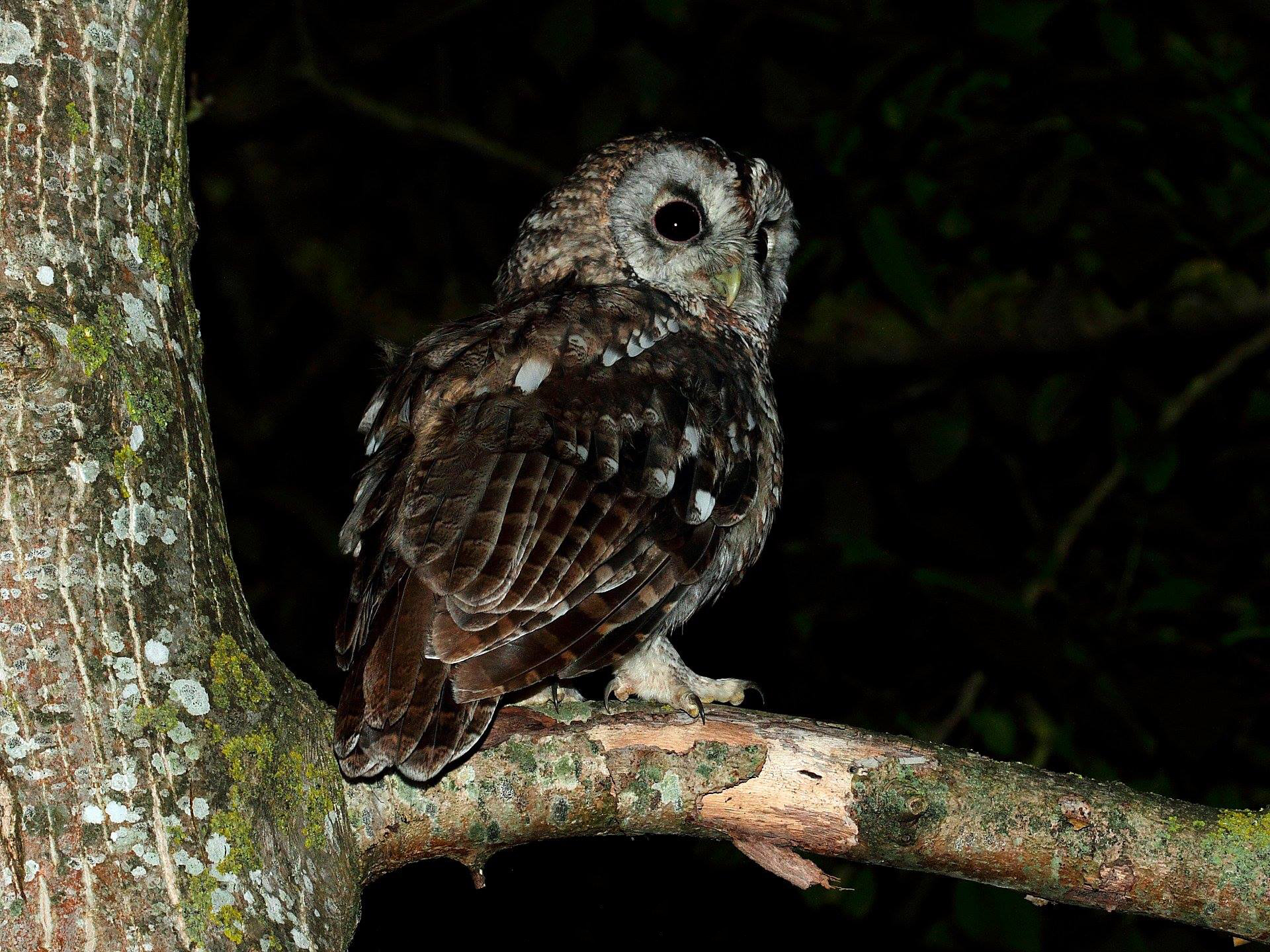Basque ethnography at a glance
Presages traditionally perceived as indicators of imminent death of a person are superstitious in nature.
The most widespread portents are related to animals, domestic animals generally, such as the house dog or the cock, some featuring nocturnal raptors and corvids.
The howl of the dog is pretty much the best-known omen of death. If a dog is persistent at howling pitifully, especially at night, it foreshadows a death nearby. In some places a dog’s howl was harbinger of a neighbour’s last agony. The evening or untimely crowing of the cock was similarly thought to presage death or misfortune. In either scenario all thoughts of ill were dispelled by throwing a handful of salt into fire, or else, in the latter case, the cock would be slaughtered or sold. Abnormal or strange behaviour by other animals, such as cattle or cats, was likewise said to be ominous.
The singing of some nightly birds of prey, even their mere presence, was a sure sign of coming death. So much so, there is a saying in the Valley of Carranza (Bizkaia) about the owl bringing tidings of death: Cuando el cárabo canta, la muerte levanta (When the tawny owl hoots, death raises). In many localities the appearance of blowflies, black butterflies and certain other insects revealed similar premonitions.
Along with the above mentioned, there are omens reporting on facts and events, the out-of-the-ordinary ringing of church bells being the most common: an unusually loud peal, a long and languid sound, tolling with a sudden swell, a sustained echo… Bell ringing from the clock tower of the church at the moment of the consecration was widely believed to augur badly. Some folk held the knell did not only toll for the lately departed one but also foretold the impending death of yet another or more villagers.
It did not bode well for whoever paid, measured or weighed accurate to the cent, millimetre or milligram at the request for money or other utility, some said; others suggested the opposite. Various further signs have been regarded as ill omens, among them unusual noises or objects falling for no apparent reason, a lightning discharge occurring during a storm whenever someone was sick in the village or the arrival of hurricane winds.
If the eyes of the deceased remained open in the very act of dying, particularly after attempts to close them, it meant death was calling for another member of the family.
Segundo Oar-Arteta – Etniker Bizkaia – Etniker Euskalerria Groups
Translated by Jaione Bilbao – Language Department – Labayru Fundazioa
Reference for further information: Funerary Rites, part of the Ethnographic Atlas of the Basque Country collection.



